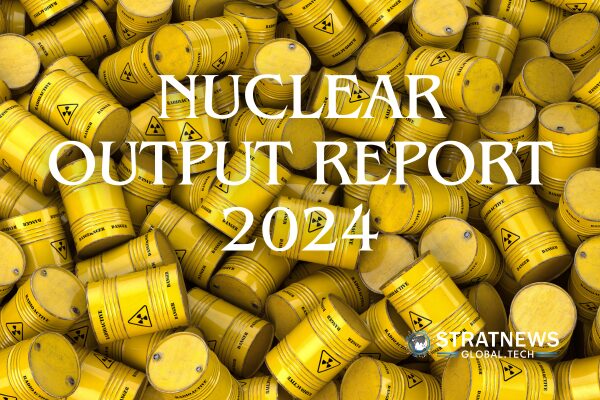Nuclear Power Growth Set to Slow Despite Record Output in 2024
Global nuclear power production reached an all-time high in 2024, yet this momentum may not last. According to the latest World Nuclear Industry Status Report, the sector now faces major hurdles including ageing infrastructure, insufficient investment, and project delays. The annual report, compiled by international research groups, outlines a challenging path ahead for nuclear energy.
Despite growing global interest, especially in countries looking to reduce fossil fuel use, the nuclear industry is struggling to keep pace. The US, in particular, has stepped up efforts to promote nuclear energy through new international partnerships and policy initiatives. However, long-term sustainability remains in question.
Record Output Driven by China, But Future Growth Uncertain
In 2024, nuclear power generation reached a record 2,677 terawatt-hours, reversing a two-year decline. Much of this growth was attributed to increased activity in China. But the report warns that to maintain current output levels through to 2030, at least 44 additional nuclear startups would be required—more than double the pace of the past decade.
Aging reactors, slow construction progress, and the rapid rise of renewable alternatives are expected to challenge the sector. The report also highlights that nuclear development is becoming increasingly centred around China and Russia, with both countries leading nearly all recent global construction starts.
Renewables Outpace Nuclear in Cost and Capacity
Nuclear projects are being squeezed by the fast evolution of renewable energy technologies. In 2024, investment in renewables was 21 times higher than in nuclear, while added renewable capacity was more than 100 times greater than net nuclear additions.
Falling battery prices—down by roughly 40% last year—are also accelerating the shift towards flexible, decentralised energy systems. Meanwhile, nuclear plant construction costs continue to rise. The report notes that new energy technologies are now more adaptable and cost-effective than traditional fossil or nuclear-based systems.
Small Modular Reactors Still Largely Unproven
Hopes for a surge in small modular reactor (SMR) deployment remain largely unfulfilled. Despite rising financial backing from both public and private sectors, no SMR construction has yet started in Western countries. Only China has moved forward, with two SMR projects either in operation or under construction. However, limited operational data means their effectiveness is still unclear.
Without significant changes in project delivery and economic efficiency, the report predicts that nuclear’s share of global power generation—at 9% in 2024—will continue to decline.
with inputs from Reuters


